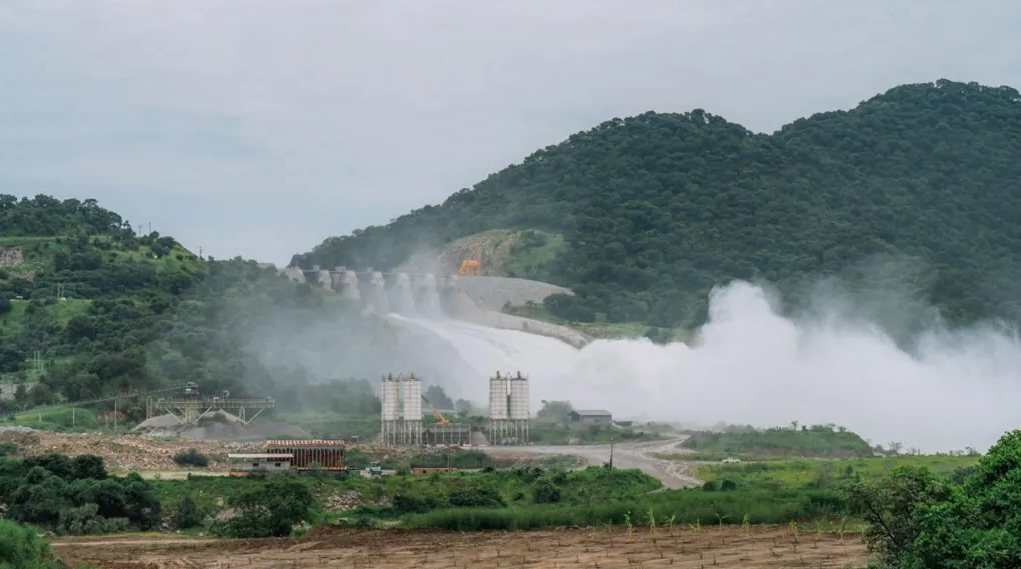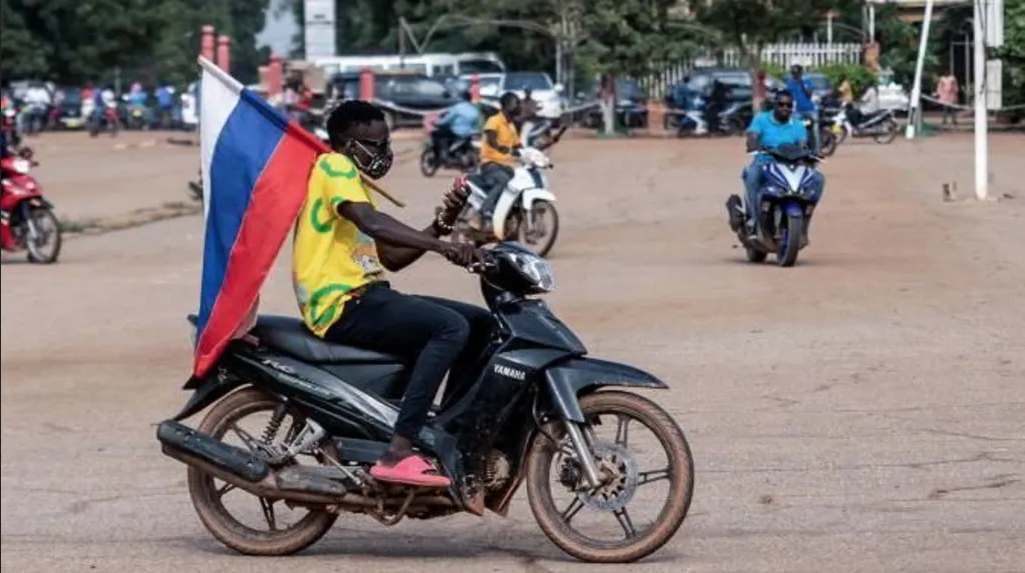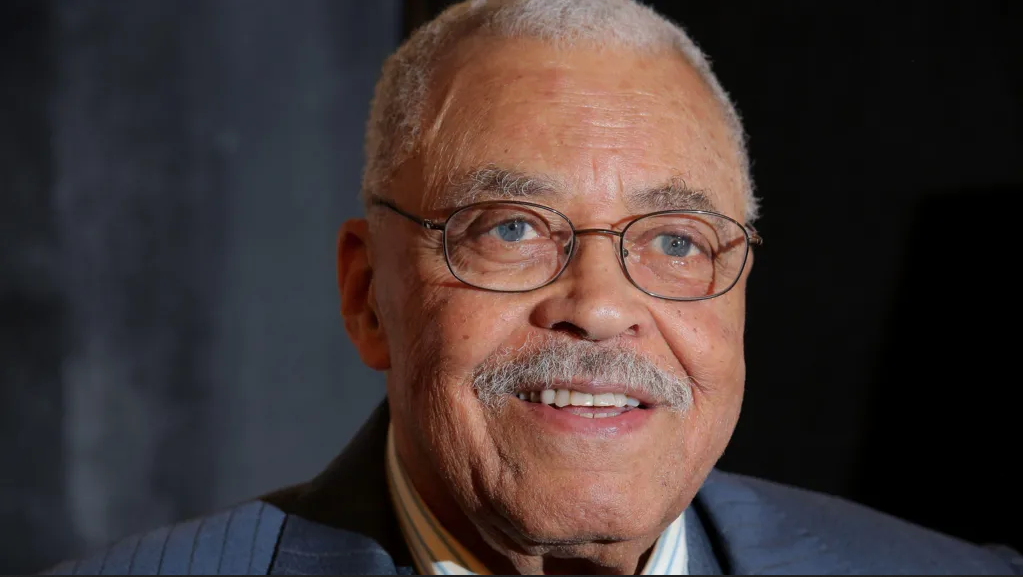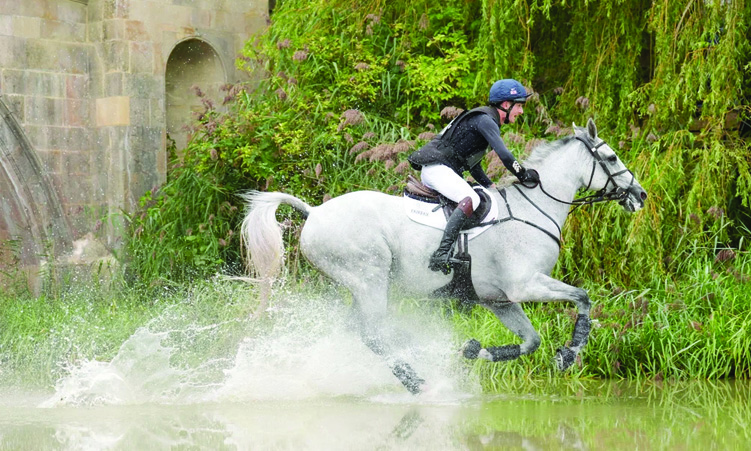Although Christianity is dominant in Namibia, the country has an immense diversity of cultures, reflected in a variety of musical styles.
Music and dance are regarded as a way of expression in daily life activities. Traditionally, performances are regarded as socio-cultural activities and as educational tools.
Music and dance contribute to the integration of a particular community by expressing, representing, promoting and preserving their tangible and intangible heritages.
In southern Namibia, the Fish River Canyon with many reeds on the banks supplied musician with the raw material to make pan flutes. Five or more musicians would come together and play as a band, using interlocking and hocket techniques during performances.
One musician would play a single pan flute note and another would join in with a different note, till all the musicians get the chance to play a single note to form a melody. Doing this, they would make up a complete melody in sequence of this performance on pan flutes, while community members dance and accompany them with the singing.
Despite all these, the knowledge and skills of playing and making the pan flutes were not transmitted to the younger generation with the undesired effect of this ability dying out.
Musicians started using the traditional musical bow and !guntsib and later moved to the ancestral dance mostly known as the Namastap by the Namas and !Hudans or /Geis by the Damara people.
The music is predominated by an accordion sound and an acoustic guitar with audible vocals during performances. The guitars normally play the rhythms while the accordion plays the lead or the solo part within a band consisting of two or more guitar players and one or two accordion players.
This form of ancestral dance music is mostly performed for entertainment by the community during social gatherings. The music brings the community together. During the entertainment, everybody can take part in dancing and singing.
In northern Namibia, music is also part of the social activities of communities. Traditional music is still linked to dance. Although the musical texture is different from the southern parts of Namibia, it has many similar musical elements from neighbouring countries like Angola and Zambia.
During performances, musicians are accompanied by membranophones, singing and clapping by community members. Musicians use different indigenous instruments during ceremonies. The choice of instruments depend on the nature of the respective ceremony.
Musicians who play “soft” instruments like bow and thumb piano might use them to entertain their families. The music is based on storytelling, educating and alerting and has a structure and order on how it must be performed. Drums play a major role in performances, with two or more drummers accompanying the music.
Most of the songs are performed in 6/8 beats with the big drums playing the major role. The big drums improvise while the middle and small ones play steady rhythms.
The songs are dominated by voices, clapping and drums. The sound of the decorated skirt “shakers” can also be heard during the dancing.
Instruments like bells, triangles, animal horns and objects with high frequencies or pitches might also be used depending on the capability to develop the dynamic of the songs and performance.
Call and response is common in northern Namibia. The songs consist of short phrases to welcome everyone to partake in dancing and singing. Therefore the lyrics of the songs are simplified. Lead singers would normally call and the community would respond.
The lyrics of the songs vary depending on the type of an event with the lead singers usually being acknowledged master musicians in their community.
* Ismael Sam is an ethnomusicologist and a freelance musician holding a BA degree (Unam) and MPhil degree (Chinhoyi University in Zimbabwe). He is currently employed as arts lecturer at the College of the Arts in Windhoek.
Stay informed with The Namibian – your source for credible journalism. Get in-depth reporting and opinions for
only N$85 a month. Invest in journalism, invest in democracy –
Subscribe Now!






